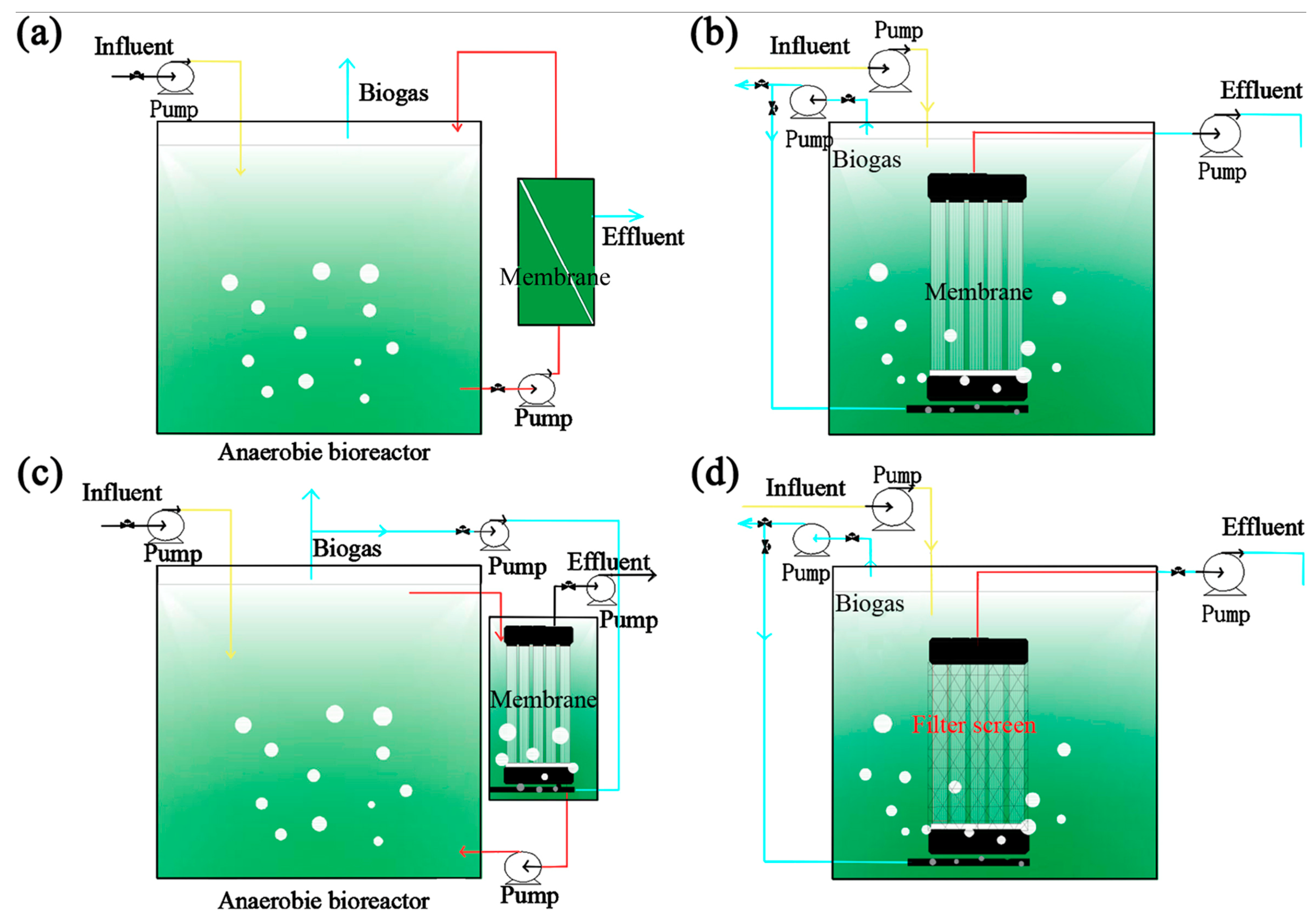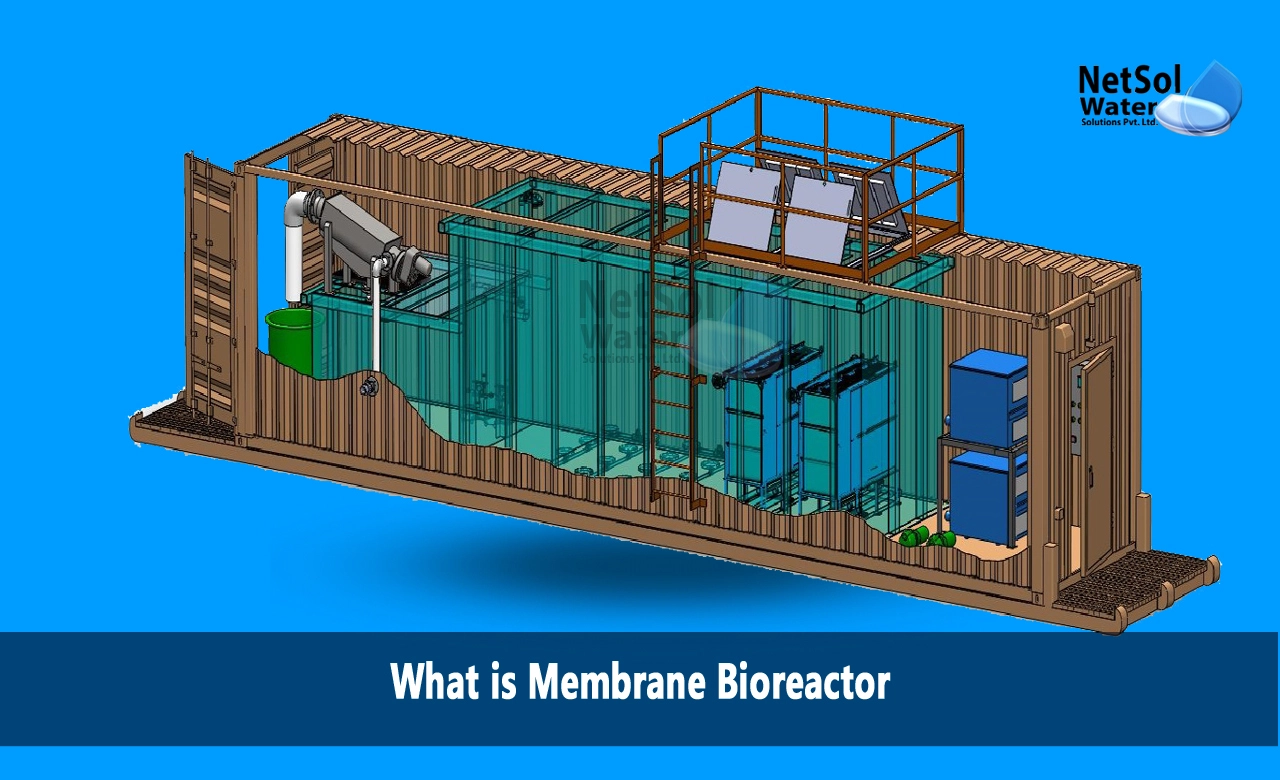Membrane Layer Bioreactors Discussed: Effective Solutions for Clean Water
Membrane layer bioreactors (MBRs) have actually emerged as an innovative solution for addressing the pushing obstacles of wastewater treatment. By incorporating organic processes with advanced membrane layer purification, MBRs not only enhance the quality of cured water however also reduce the spatial needs of treatment facilities. As ecological worries increase, the function of MBR technology in advertising sustainable water management comes to be progressively significant. The intricacies of their operation, benefits, and potential applications merit a closer examination to completely recognize their effect on the future of water therapy.

What Are Membrane Bioreactors?
Membrane bioreactors (MBRs) are advanced wastewater therapy systems that incorporate organic deterioration processes with membrane layer purification innovation. This combination permits the effective elimination of pollutants from water, making MBRs a favored choice in numerous applications, including community wastewater therapy and commercial effluent management.

One of the crucial benefits of MBRs is their capability to generate high-quality effluent, commonly ideal for reuse in watering or commercial procedures. Additionally, MBRs require a smaller footprint compared to standard therapy systems, making them perfect for metropolitan settings where space may be limited.
Moreover, MBRs can efficiently deal with varying influent loads and are less at risk to the results of poisonous shocks. These features add to their expanding popularity as a sustainable solution for addressing the increasing need for tidy water while decreasing ecological effects.
Exactly How Membrane Bioreactors Job
While the procedure of membrane layer bioreactors (MBRs) might appear facility, it fundamentally revolves around the synergy in between organic processes and membrane purification. MBRs incorporate a biological therapy procedure, usually triggered sludge, with a membrane splitting up unit to deal with wastewater effectively.
In an MBR system, wastewater is very first presented right into a bioreactor where microorganisms deteriorate organic issue and various other pollutants. The biological task reduces the focus of contaminants while advertising the growth of biomass. Following this organic treatment, the mixed liquor is subjected to membrane layer filtration, which can be microfiltration or ultrafiltration, relying on the desired effluent top quality.
The membranes work as a physical barrier, permitting water and little solutes to pass while preserving suspended solids and bigger molecules. This makes it possible for the system to maintain a high concentration of biomass within the activator, enhancing the therapy efficiency.
Additionally, the continuous separation of cured water from the biomass facilitates a small layout and reduces the footprint of the therapy center. In general, the mix of organic degradation and membrane purification in MBRs causes effective and trusted wastewater therapy, ensuring top notch effluent ideal for various applications.
Advantages of MBR Technology
One of the key benefits of membrane bioreactor (MBR) technology is its capability to create high-grade effluent with a considerably minimized impact contrasted to traditional wastewater therapy techniques. MBR systems properly incorporate organic therapy and membrane layer filtering, leading to remarkable removal of impurities, consisting of put on hold solids, virus, and natural issue. This ability causes effluent that commonly fulfills or surpasses rigid regulative standards for reuse and discharge.
Additionally, MBR technology allows for higher biomass focus, which boosts the therapy effectiveness and decreases the required activator volume. This compact layout is specifically valuable in metropolitan areas where space is restricted. The operational flexibility of MBR systems additionally indicates they can adapt to differing influent top qualities and flow prices, making them suitable for a wide variety of applications.
Additionally, the decreased sludge production connected with MBR processes adds to decrease operational and upkeep expenses. The membrane layers act as a physical obstacle, lessening the risk of obstructing and enabling longer functional periods in between cleansing. Generally, the benefits of MBR innovation make it an appealing solution for lasting wastewater treatment, attending to both environmental worries and the demand for effective source management.
Applications of Membrane Bioreactors
With their convenience and effectiveness, membrane layer bioreactors (MBRs) locate applications across different fields, consisting of community wastewater treatment, industrial processes, and even water reclamation. In municipal setups, MBRs give a compact solution for dealing with wastewater, effectively getting rid of impurities while simultaneously generating top quality effluent that meets stringent governing criteria. This makes them especially suitable for areas with minimal area.
In industrial applications, MBR technology is made use of for treating process water, specifically in markets such over here as food and beverage, drugs, and petrochemicals. These markets gain from MBRs' capacity to deal with high organic lots and their efficiency in recouping useful resources from wastewater, such as nutrients and water.
Moreover, MBRs play a critical function in water reclamation campaigns, allowing the reuse of treated wastewater for watering, industrial procedures, or perhaps as drinkable water after further therapy (Membrane Bioreactor). Their effectiveness in getting rid of contaminants and virus makes them a trustworthy selection for ensuring water top quality in different reuse applications
Future of Water Therapy Solutions
The future of water treatment services is poised for transformative advancements driven by technological development and increasing environmental recognition. As global water scarcity ends up Recommended Site being a pressing concern, new approaches, including membrane layer bioreactor (MBR) systems, are established to play a critical duty in improving the efficiency and sustainability of water therapy processes.
Arising modern technologies such as expert system and artificial intelligence are expected to optimize therapy operations, enabling for real-time surveillance and predictive maintenance. This will certainly boost the general dependability and efficiency of water treatment facilities. Furthermore, developments in membrane layer materials, such as graphene and nanofiltration, guarantee to boost permeation prices and reduce fouling, resulting in lower energy intake and functional costs.
In addition, the assimilation of eco-friendly power resources right into water treatment plants will certainly add to greener practices. The circular economy version will certainly additionally get traction, motivating the healing of useful resources from wastewater, such as nutrients and energy.
Final Thought

Membrane layer bioreactors (MBRs) have actually arised as an advanced remedy for dealing with the pressing challenges of wastewater treatment. By integrating organic processes with innovative membrane layer purification, MBRs not just improve blog here the quality of cured water yet likewise reduce the spatial requirements of treatment centers.One of the key advantages of membrane bioreactor (MBR) technology is its ability to create high-grade effluent with a significantly decreased impact contrasted to conventional wastewater treatment techniques.With their flexibility and efficiency, membrane layer bioreactors (MBRs) find applications across numerous sectors, consisting of local wastewater therapy, commercial procedures, and even water reclamation.In verdict, membrane layer bioreactors represent a substantial development in wastewater therapy innovation, incorporating biological procedures with reliable membrane purification to create premium effluent.